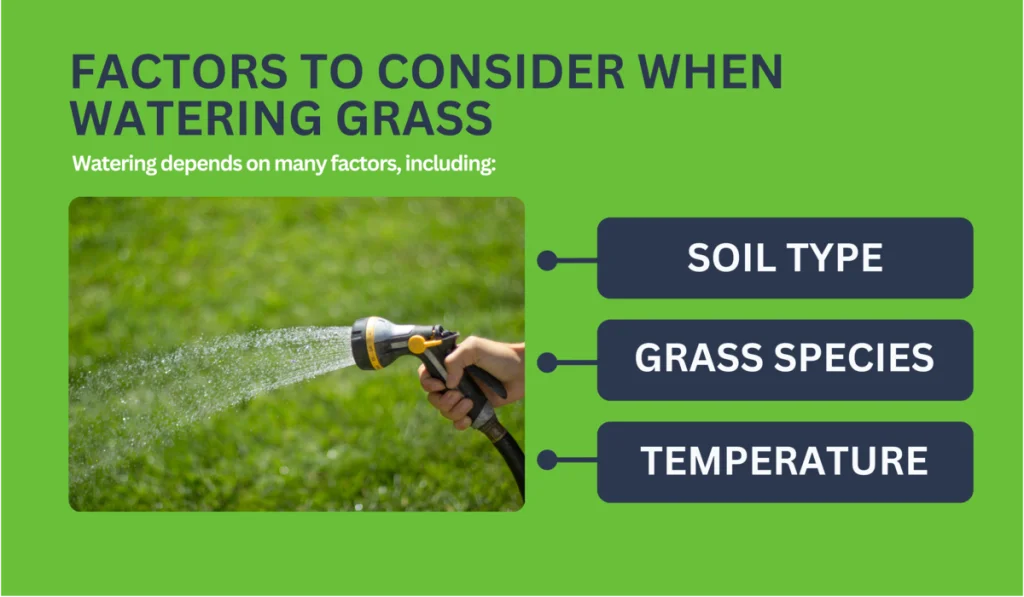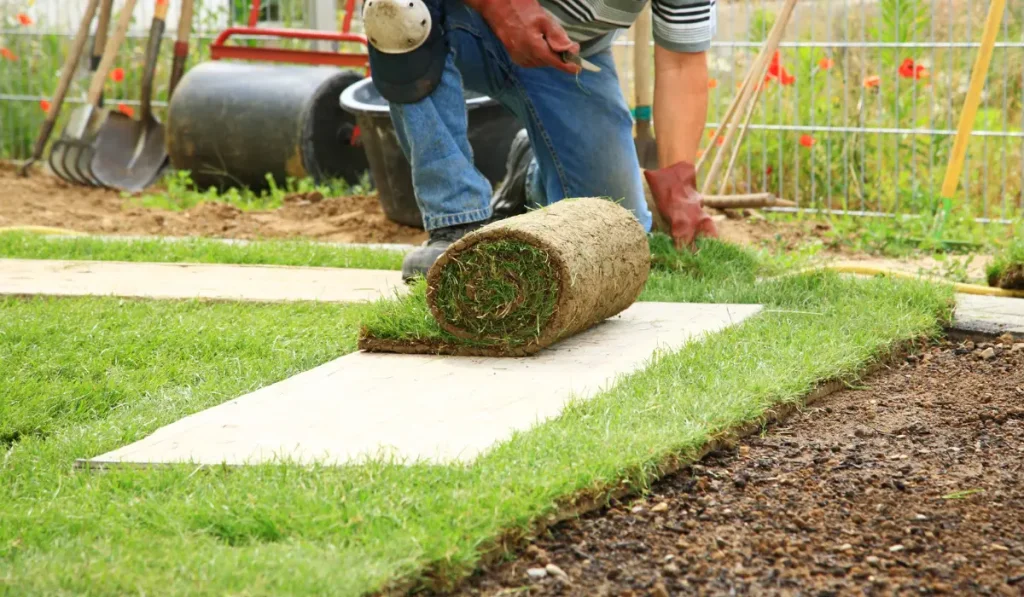Winter watering can be tricky since a specific “recipe” for how and when to water your lawn does not exist.

Watering depends on many factors, including:
- Soil type
- Grass species
- Temperature
Cool Season Lawns
Cool season lawns, such as ryegrasses or fescues, prefer cooler temperatures and do well during mild winters, but still require consistent watering if there are long periods of no rainfall during winter months.
Warm Season Lawns
Warm season lawns, such as St. Augustine or Bermuda grasses, excel during the summer and go dormant (turn brown, but do not die) during winter months as temperatures drop. As grass goes dormant, it stops growing and demanding much less water.
Typically, plants need half as much water in spring and fall as they do in mid-summer. During normal winter months with consistent rainfall, usually from mid-November to mid-March, you can turn automatic systems off completely, especially if you have a warm season grass. (Weather patterns determine if clocks can be turned off.)
In addition, our days are shorter with less sunshine and have cooler nights, reducing the amount of water a lawn needs to stay healthy. Also, almost every morning most lawns will get generous amounts of dew that will soak it, thus irrigating more than once a week is unnecessary.
How much water you need and when will depend on how much water is already in the soil, which depends on the amount of rainfall. During extended dry periods, even in the winter, if temperatures are at 40 degrees, have sprinklers come on in the early morning before sunrise to allow the water time to soak in before it evaporates in the heat of the sun.
When temperatures are below 40 degrees, you may want to wait until mid-day to water, still allowing time for water to soak in before nighttime freezing. If it has just rained, or it is expected to rain, don’t water.
Grass grows more slowly during the colder months, requiring less watering and mowing. Watching your lawn closely will help you determine whether you should turn your irrigation on or off. Look for certain signs and water your grass only when it shows signs of wilt, when about half the blades are folded and are blue-gray in color, and when footprints remain in the lawn.
The most efficient way to water is to wet only the rootzone area, not saturate the soil, and not allow any water run-off. If your lawn has not received at least 1/4-1/2 inch of rain over the course of a few weeks, your soil is probably very dry and your grass is likely suffering, especially in sunny areas and those with more foot traffic.
These areas can benefit from about 1/2 inch once a month while it is still winter and in the absence of rain. Even in the winter, warm season grasses need adequate moisture to keep the roots of the grass hydrated. While this is usually provided by even moderate amounts of rainfall, during seasons of drought your lawn should be adequately hydrated to aid in new spring growth.
Grass height and frequency of mowing also have a significant effect on lawn health. Most residential lawns in California have fescue grass, which should be kept at 2 inches high during winter months and cut every other week. If a lawn is kept too short, it will have a very shallow root zone that cannot reach the moisture deeper in the soil, which can result in a lawn that requires more frequent watering. Following your basic lawn care maintenance practices can greatly aid in maintaining a healthy lawn, even during winters with very little to no rainfall.



